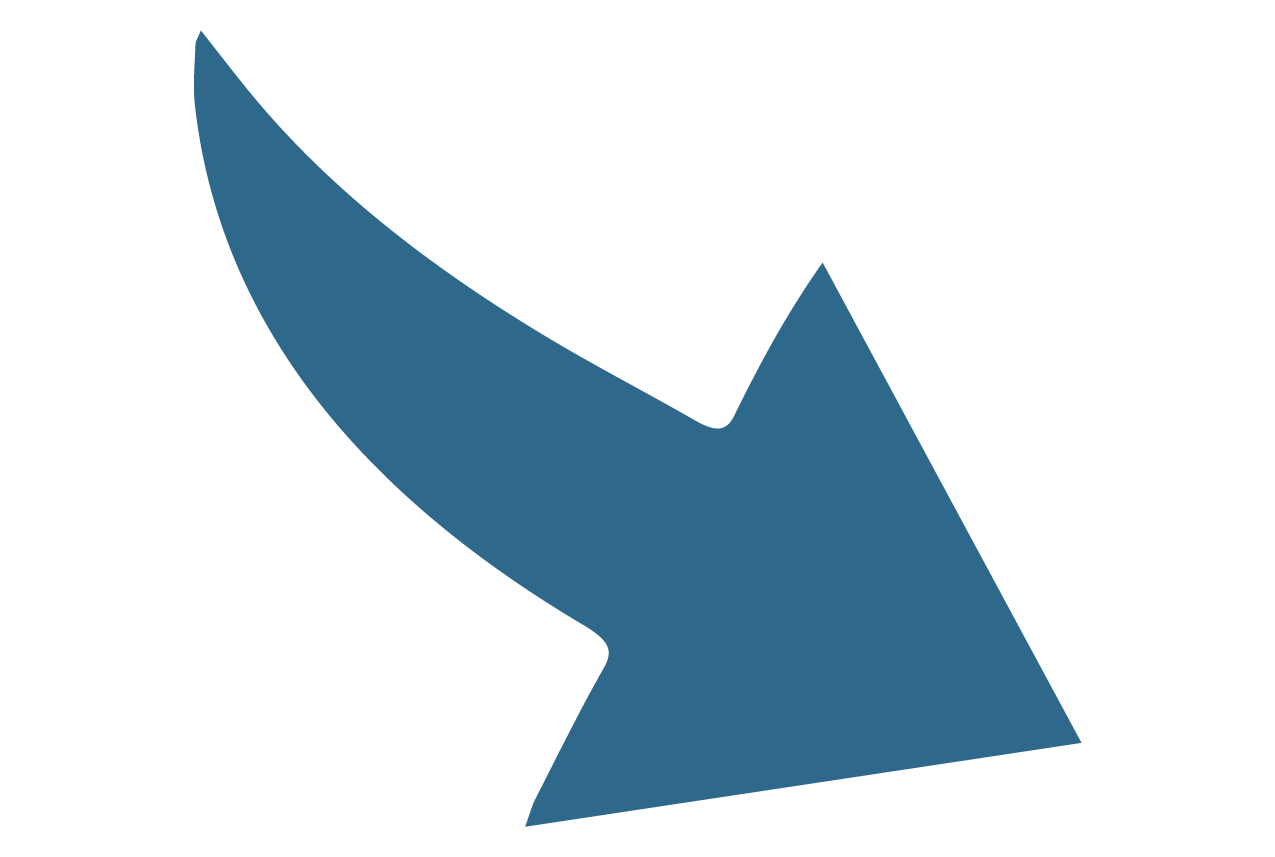Mass Timber & Modular Construction
Exploring Sustainable Housing Development Solutions in Northwest Oregon
Through the Build Back Better Regional Challenge, the U.S. Economic Development Administration (EDA) awarded the Oregon Mass Timber Coalition (OMTC) $41.4 million to develop and expand Oregon’s emerging Mass Timber industry. This grant is specifically focused on utilizing mass timber products in prefabricated, modular home construction. The Department of Land Conservation and Development awarded a portion of funds to ColPac and three other Economic Development organizations to contribute to the coalition.
In our convening role, ColPac coordinated the efforts of partner districts, Greater Eastern Oregon Development Corporation, Northeast Oregon Economic Development District, and Oregon Cascades West Council of Governments, to implement targeted investments in sustainable forest management systems, equitable workforce training opportunities, cutting-edge building-materials research and development, and zoning updates. These efforts are designed to spur the production of prefabricated or mass timber housing in the pursuit of increasing housing opportunities and bolstering rural labor force development.
City and County staff, Planners, Financiers, Builders, Forestry Partners, and Community Members all have a role in advancing the use of Mass Timber and Modular Design in the development of housing.
In the Spring of 2025 we sought regional input perspective on Mass Timber and Modular Design through ColPac’s mass timber community survey.
How familiar are you with Mass Timber as a building material (e.g. CLT, glulam, DLT)?
22 responses
Results showed that many were aware of the applications of mass timber and modular construction but didn’t know enough to see its effective application of either in the housing landscape.
We asked, “what would help you feel more confident in the use of mass timber”, and you answered:
“Opportunities to attract mass timber manufacturing [in our region]…[our forest land] is a vast resource with growth potential that [can generate] family wage jobs here on the North Oregon Coast.”
“A Mass Timber 101 topic to get started.”
“Streamline permitting and approval process and reduction of associated costs.”
“Reliable product source and cost estimates of mass timber packages readily available locally.”
“Accessible connection with regional suppliers and manufacturers.”
COMMUNITY RESOURCE SPOTLIGHT
- ColPac EDD joins the NSF Engines Summit Meeting (embedded video)
- ColPac Introduction to Mass Timber for Community Partners Slides (PDF embedded)
- LEVER Architecture & ColPac Mass Timber 101 Webinar recording (Passcode: P.^0sARX)
REGIONAL & NATIONAL PARTNERS
SECTION #1

Cross Laminated Timber (CLT) – panels stacked in perpendicular layers
Glulam (Glue-Laminated Timber) – layers glued in the same direction
Dowel-Laminated Timber – held together with dowels, not adhesives
There are a number of ecological, structural, and community benefits and competitive advantages of using mass timber in commercial and residential structures. And it don’t just start at manufacturing but goes all the way back to sustainable forestry practices.
The North Coast region is home to a number of forestry partners that have been modernizing their timber products for years.
Hampton Lumber announced its entry into the engineering wood product industry in 2024 with the acquisition of the local mass timber manufacturing plant RedBuilt LLC.

What is modular construction?
Modular construction means that portions of a project are fabricated and constructed at a dedicated off-site facility (e.g., a modular production facility) or local shop (e.g., a carpentry workshop). The only on-site work entails the final assembly of the prefabricated construction pieces.
Off-site may include:
Modular construction – Volumetric units each consisting of a floor, walls, and ceiling, which typically include structural elements as well as some degree of finishes, MEP, etc. Modular construction can be used for small or substantial portions of a building (e.g., bathrooms or entire hotel units).
Panelized construction – Flat-pack building components (usually wall panels, but also floor or roof cassettes) that are prefabricated off site and consist only of structural components—typically framing and sheathing.
Prefabricated construction – Flat-pack building components that are prefabricated off site and include structural members (framing and sheathing) as well as other components such as finishes, MEP, etc.
There are a number of successful prefabricated and modular residential construction projects in the Pacific Northwest, including in Oregon.
- Green Canopy NODE – Seattle shop providing Mass Timber Building Kits for multi-unit homes and apartments with integrated services to include prefabrication, installation, and logistics. Green Canopy NODE has completed 11 projects in the Portland area with recent efforts to enter the “middle housing” market through co-op ownership models that foster homeownership pathways.
- ModsPDX – Portland based contractor specializing in delivering energy-efficient modular structures across all custom single-family, multi-family, commercial, institutional, and transitional housing. ModsPDX is adept at navigating the permitting process in Oregon and is expanding its construction portfolio to include rural properties.

SECTION #2:
Interested in taking the next steps? Find your pathway
1. Public Stakeholders, Administrators, Planners
- Mass timber can be best supported by making sure that your code enables and incentivizes the use of this new construction technology. The Department of Land Conservation and Development (DLCD) is utilized a portion of the Oregon Mass Timber Coalition funding to help cities update and modernize local development codes to allow and encourage the use of modular housing through the Code-UP project. Ten Oregon jurisdictions were selected to receive technical assistance from 2024 – 2025 in the implementation of the program, including Clatsop County.
- If your jurisdiction is interested in learning more about how updating your code can unlock a new form of sustainable and innovative residential development. Explore the tools available to your community or contact Leigh Mcllvaine (leigh.mcilvaine@dlcd.oregon.gov)
- Continue to explore Codes & Standards related resources on the WoodWorks website.
2. Private Stakeholders, Developers, Builders
- Taking the first step to integrating Mass Timber products or Modular Design into housing construction doesn’t have to be tricky! There are several technical assistance resources and community groups available to offer guidance.
- The Oregon Building Codes Division offers a pre-fabricated structure program. The Prefabricated Structures Program regulates the design and construction of prefabricated structures and prefabricated components constructed at an off-site location intended to be sold, leased, or installed in Oregon. Resources on permitting, planning, and materials use can be found on this site.
- Critical Mass (Timber) Meetup Group is an informal monthly gathering of professionals interested in building w cross-laminated-timber; aims to bring together architects, engineers, construction professionals, developers, code officials, municipal planners and anyone with an interest in seeing more buildings go up using renewable materials. The conversations are facilitated by the TallWood Design Institute.
- Check out the WoodWorks Innovation Network for a comprehensive database of companies involved in mass timber and modular construction.

